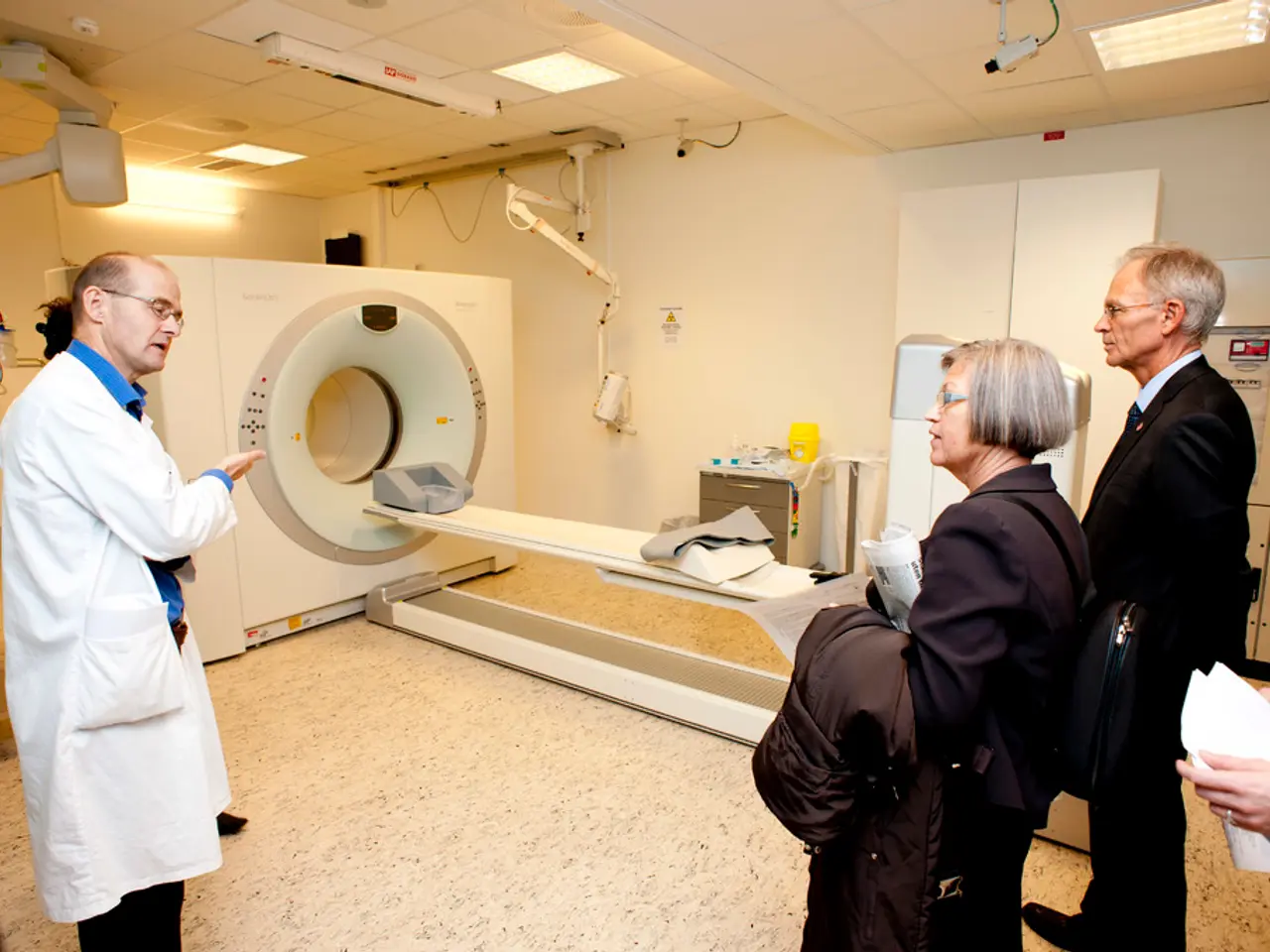Essential Guidance for Safer Sexual Activities
Safer sex is a crucial aspect of sexual health, aimed at preventing the exchange of body fluids like semen, vaginal fluids, or blood, and providing psychological safety. By adopting certain practices, individuals can effectively reduce the risks of both unintended pregnancies and sexually transmitted infections (STIs).
Effective Safer Sex Practices
- Consistent and correct use of condoms and other barrier methods during all types of sexual contact—vaginal, anal, and oral. Latex condoms are preferred as they reduce the risk of most STIs and pregnancy; non-latex options such as polyurethane can be used in case of latex allergies. It is important to use a new condom or barrier each time and avoid using male and female condoms together. Water-based lubricants should be used to prevent condom breakage, while oil-based lubricants must be avoided because they weaken latex. Chemical irritants like spermicides that may cause irritation and sores should also be avoided as they can increase STI risk.
- Using a second form of birth control alongside condoms (like hormonal contraceptives or IUDs) to enhance pregnancy prevention.
- Avoiding sex when either partner has open sores or cuts, and covering any sores during sex to reduce infection risk.
- Avoiding sharing sex toys or using saliva as a lubricant, to prevent germ transmission.
- Engaging in non-penetrative sexual activities (such as mutual masturbation, rubbing, or oral sex using barriers like dental dams), which significantly reduce but do not eliminate STI risk.
- Practicing open communication with partners about STI testing, contraceptive preferences, boundaries, and consent.
- Getting regular STI screenings for early detection and treatment, even in monogamous relationships.
Other Important Aspects of Safer Sex
- Safe sex practices include penetrative sex (such as inserting a penis or other objects into a vagina, anus, or mouth) and nonpenetrative sex (such as kissing, cuddling, mutual masturbation, frottage).
- Psychological safety in safer sex includes being consensual, respecting personal boundaries, honoring and acknowledging the limitations of all partners involved, incorporating safe words when applicable, never causing physical harm or psychological trauma, and only participating in sex when one is ready and willing.
- Benefits of safe sex include protection from unintended pregnancy, reduced risk for infections (especially STIs), improved mental stability, self-esteem, and self-expression, enhanced self-awareness and compassion, and reduced anxiety or worry about infection or harm.
- HIV can be prevented with a daily antiviral medication called pre-exposure prophylaxis (PrEP), which is 99% effective at preventing an HIV infection.
- Abstinence is the only 100% way to protect oneself from STIs, but having multiple partners increases the risk of infection. Open lines of communication, trust, and consistent use of protection can help create a safer sex environment.
- Dr. Nwankwo advises getting tested for STIs within 24 to 48 hours of potential exposure.
- Dr. Nwankwo encourages people to be open about their STI status with their partners and to educate themselves before having the conversation.
- Dr. Nwankwo advises getting tested for STIs regularly, even in long-term monogamous relationships.
- Dr. Nwankwo emphasizes the importance of having open conversations about safe sex practices and one's limitations.
Preparation for Safer Sex
- Dr. Nwankwo suggests learning how to use condoms and being prepared for when a condom breaks.
- Dr. Nwankwo suggests setting up expectations early and revisiting them often to avoid confusion or miscommunication.
- Dr. Nwankwo advises preparing for different scenarios, such as one-night stands or unplanned sexual encounters, by meeting someone trusted, discussing what will happen, and always carrying protection.
Birth Control Options
- To prevent unintended pregnancy, there are several birth control options available, including birth control pills, intrauterine devices (IUDs), hormonal implants, rings, patches, shots, diaphragms, contraceptive gels or spermicides, the morning-after pill, and condoms.
Safer Sex in Non-Penetrative Practices
These methods of safer sex are important even in nonpenetrative practices such as roleplaying or BDSM, which may involve varying levels of dominance, submission, control, and/or pain.
By adhering to these practices, individuals can significantly reduce the risks associated with sexual activity, ensuring a safer and more enjoyable experience for all parties involved.
- Adopting consistent and correct use of condoms or other barrier methods, such as dental dams for non-penetrative oral sex, may help reduce risks of sexually transmitted infections (STIs) and unintended pregnancies during sexual-health and wellness activities.
- Health history plays a significant role in sexual health, as individuals with certain medical conditions or allergies (like latex) may need to use non-latex condoms or alternative forms of protection.
- In the context of health-and-wellness and environmental consciousness, it is essential to practice safer sex, which not only promotes sexual health but also encourages respect for our planet by using products made with eco-friendly materials and practices.
- Expanding our understanding about safer-sex practices can lead to better relationships, where partners feel safe, trusted, and supported in their decisions, fostering a stronger connection and improved relationship dynamics.
- The history of safer-sex practices traces back to ancient societies, highlighting humanity's ongoing pursuit for knowledge and ways to protect themselves from the risks associated with sexual activity, ultimately leading to a better understanding of health and wellness.




